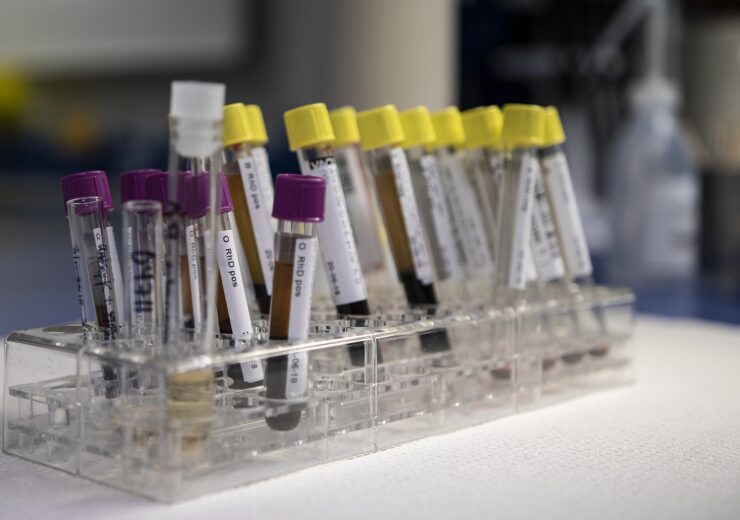FAST System and FAST-PBC Prep Cartridge product have been listed as Class I IVD devices by the US Food and Drug Administration

Qvella FAST System and FAST-PBC Prep Cartridge can give results up to 24 hours faster than current methods. (Credit: Bokskapet from Pixabay)
Clinical diagnostics company Qvella has received CE mark for its Field Activated Sample Treatment (FAST) System and FAST-PBC Prep Cartridge product to be used for in vitro diagnostic (IVD) use in Europe.
The firm intends to commercialise its FAST System and FAST-PBC Prep Cartridge product for positive blood culture (PBC) processing.
Both products have been listed as Class I IVD devices by the US Food and Drug Administration (FDA).
Qvella said that its FAST-Technology removes the need for time-consuming culture procedures to enable the processing of downstream applications to be up to 24 hours faster than existing methods.
The technology has the potential to improve patient outcomes by saving healthcare providers money and time, said the company.
The recent beta trials of Qvella’s FAST System and FAST-PBC Prep Cartridge at healthcare centres in the US and Europe demonstrated that the systems can be easily integrated with existing workflows and requires a minimal hands-on time of approximately two minutes.
The FAST System isolates and concentrates pathogens to produce a Liquid Colony (LC) that may be easily set up for several downstream procedures.
The LC may be created shortly after getting a PBC, possibly saving up to 24 hours in infection detection.
In addition, the study found that Qvella’s solution is very affordable in comparison to other available technologies.
Qvella CEO and co-founder Tino Alavie said: “With several performance evaluation studies completed and EU and US marketing authorisation granted, we have officially reached the commercialisation milestone for our FAST System.
“Given the shortage of technicians that healthcare systems are seeing right now amid the Covid-19 pandemic, the timing could not be better for the commercialisation of our technology.
“It can be used to accelerate infection identification, for example, or to accelerate antibiotic susceptibility testing, with results delivered 24 hours earlier than previously possible. It is also very cost-effective compared to molecular blood culture identification panels.”
